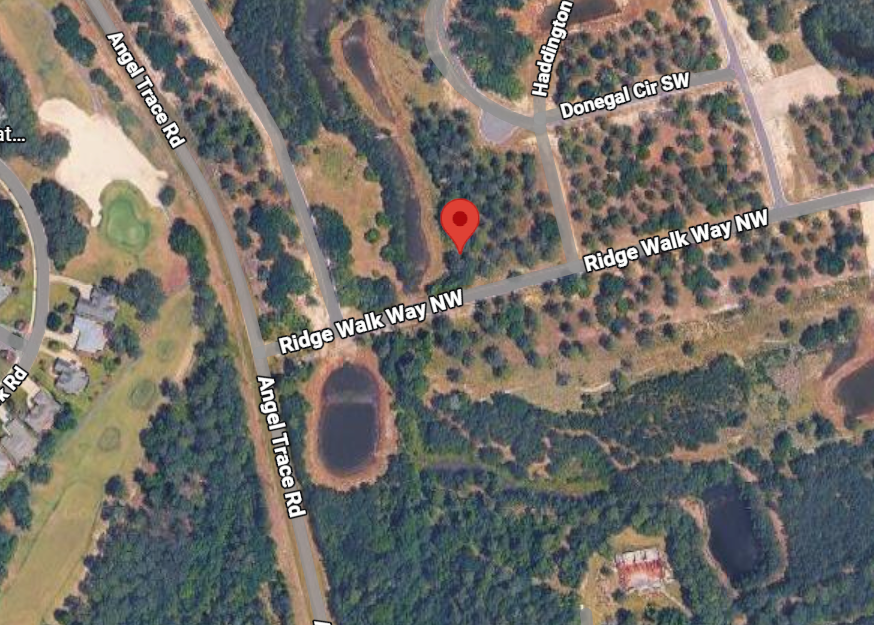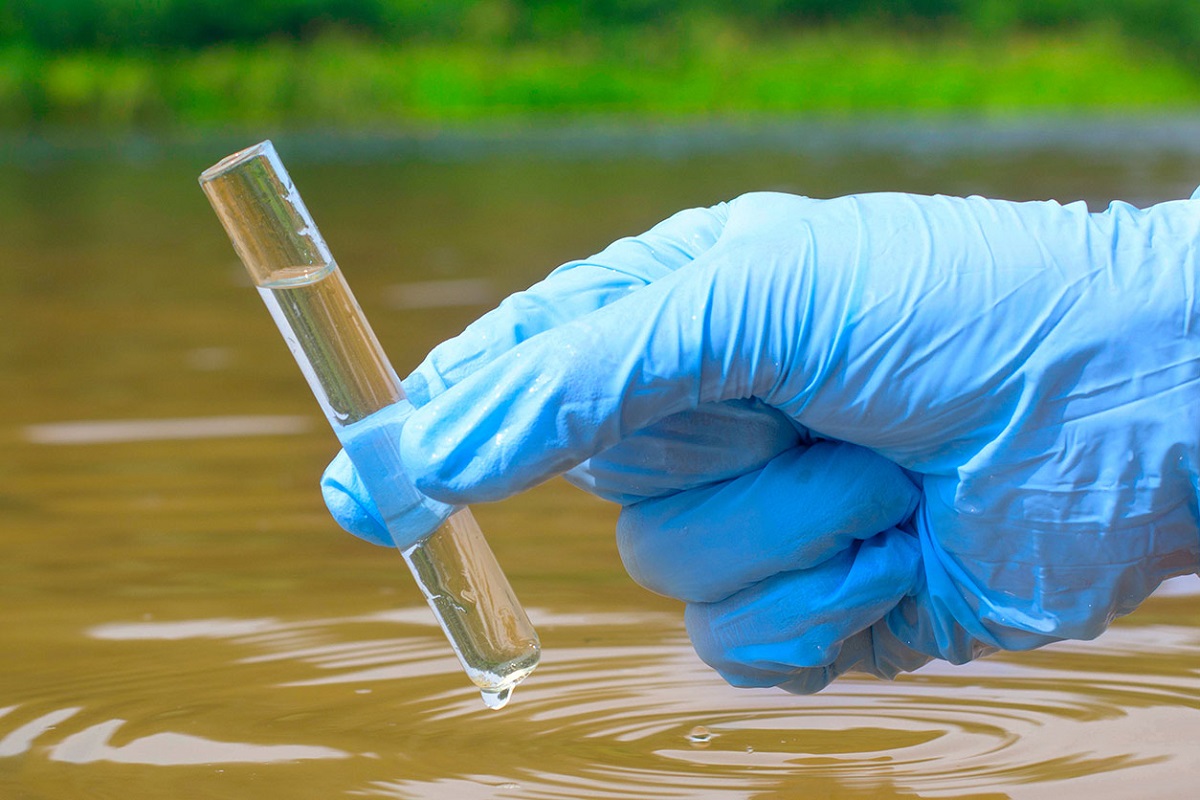
A new section focused on the Southeast region is now on the U.S. Climate Resilience Toolkit, a website designed to help people find and use tools, information and subject matter expertise to build climate resilience.
The section on the Southeast announced last week by the Climate Program Office focuses on the 11 states in the region, including North Carolina and looks at temperature, precipitation, future climate conditions, and hazards, exposure, vulnerability, risk.
Supporter Spotlight
The Climate Resilience Toolkit provides information from the federal government in one location and aims to improve people’s ability to understand and manage their climate-related risks and opportunities, and help be more resilient to extreme events.
The site includes the following categories that show the effects of climate change and variability on various sectors in the Southeast, and how people are working to build climate resilience: Urban Impacts, Rural Impacts, Coastal Impacts, Ecosystems Impacts and Building Resilience in the Southeast.
Resources for the Southeast include Southeast Case Studies, Tools for the Southeast, Reports for the Southeast and Southeast Training Courses.
Used in conjunction with the Climate Resilience Toolkit’s Steps to Resilience, the Southeast region section can help communities and managers of natural areas across the Southeast recognize their climate hazards, assess their vulnerabilities and confront their climate risks.
Content for the new section is based on information from the Fourth National Climate Assessment. Regional experts produced map graphics and added information from recent research.
Supporter Spotlight
The site is managed by National Oceanic and Atmospheric Administration’s Climate Program Office and is hosted by NOAA’s National Centers for Environmental Information.







